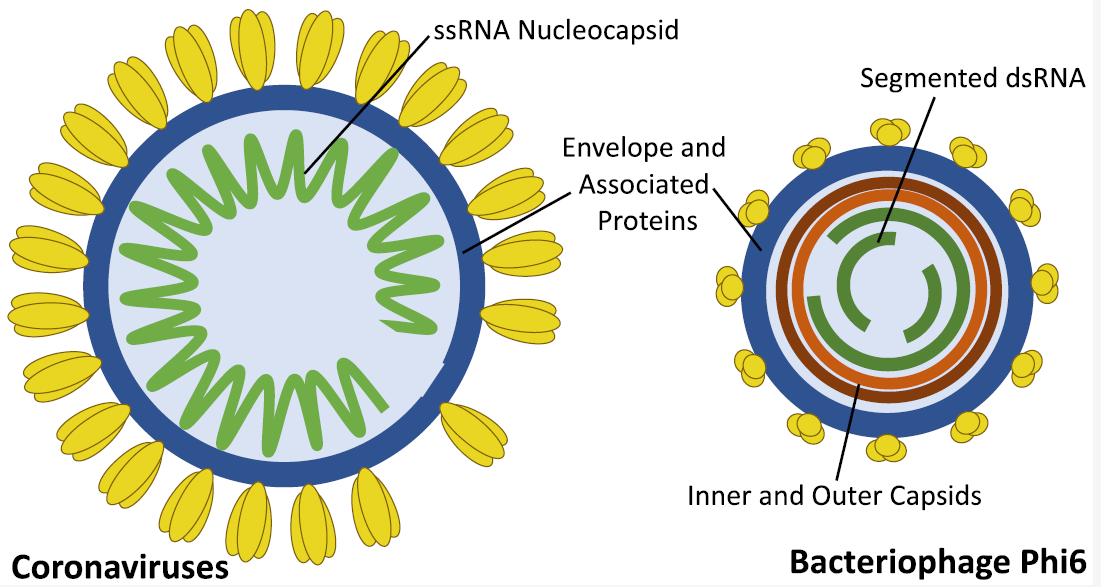
SARS-CoV-2, the virus the causes COVID-19, is an enveloped virus in the coronavirus family that has been found to replicate in the respiratory and gastrointestinal tracts. While primary transmission of coronaviruses is through respiratory droplets, questions have been raised in the water and wastewater sector about persistence and disinfection of viruses in solution.
In response to this need, Assistant Professor Dr. Andrea Silverman, in collaboration with Professor Dr. Alexandria Boehm of Stanford University, recently published a “Systematic Review and Meta-Analysis of the Persistence and Disinfection of Human Coronaviruses and Their Viral Surrogates in Water and Wastewater,” in the journal Environmental Science and Technology Letters.
“While it is not believed that water and wastewater play an important role in coronavirus transmission, there is still a need to understand the fate of these viruses outside the human host, including their persistence in water and wastewater, and inactivation with exposure to commonly used disinfectants,” writes Dr Silverman. “A greater knowledge of coronavirus decay rates in wastewater may also inform wastewater epidemiology, which has been suggested as a way to estimate disease burden or trends within the population.”
According to their research, the professors found past studies demonstrate UV disinfection effectively degrades coronaviruses; however, chlorine disinfection of wastewater has yet not been tested on coronaviruses. Studies have used indicator bacteria Phi6 in place of coronavirus and found EPA chlorine dose recommendations will safely degrade it.
The coronavirus UV254 dose required for 4-log virus disinfection (based on log10 k predicted by LS21) was lower than the EPA recommended value (disinfectant dose 99.99% = 186 mJ/cm2; Figure 3), suggesting that coronaviruses would be efficiently inactivated if following the EPA recommended UV254 dose for virus disinfection. The free chlorine dose required for 4-log disinfection of Phi6 was lower than the USEPA recommended dose (e.g., disinfectant dose 99.99% = 3 mg-min/L at 20 °C and pH between 6 and 9; Figure 4); however, there is no direct evidence of what this would mean for coronavirus disinfection by free chlorine.
Overall, there is very little data available in the literature on coronavirus inactivation in aqueous solution with exposure to disinfectants. There is therefore a critical need for additional studies that specifically evaluate the disinfection kinetics of human coronaviruses and their surrogates that infect animals (e.g., MHV, TGEV, and FIPV).